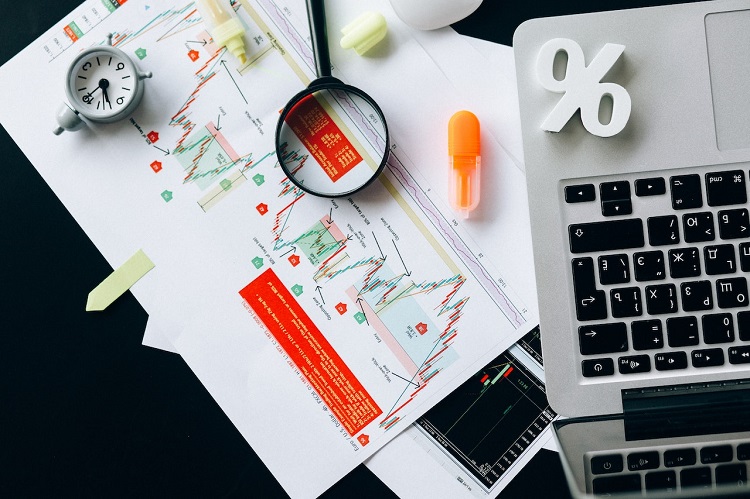Forex trading or foreign exchange trading is the process of buying, selling, exchanging, and making speculations on the value of foreign currencies. The forex market is the largest and the most liquid global financial market. According to the Bank of International Settlements’ triennial report in 2022, the daily volume of forex trading exceeded $7.5 trillion which was significantly larger compared to other financial markets, such as commodities and stock. Foreign exchange refers to the act of converting one currency into another, typically for various purposes, such as trading, business transactions, or tourism.
Continue to read this article to learn more about forex trading and different ways to trade forex.
What Is Forex Trading?
Forex trading is about exchanging national currencies. In the forex market, a trader sells one currency to buy another based on the exchange rates. However, the exchange rate continues to fluctuate depending on demand and supply.
Traders trade national currencies in the foreign exchange market that is open 24 hours a day, from Monday to Friday, and half a day on Saturday. The Unique aspect of this international market is that there is no central marketplace, instead, forex trading happens electronically through OTC or over-the-counter transactions.
Larger banks and institutional firms used to dominate the forex market in the past. However, in recent times, traders and investors have become crucial participants in the forex market.
How National Currencies Are Traded?
In forex trading, there is a three-letter code for each currency. For instance, some popular currencies in the forex market are the U.S.dollar or USD, the euro or EUR in the European Union, and the Japanese yen or JPY.
Forex trading occurs as a pair of two currencies that are going to be exchanged. Some major currency pairs are – EUR/USD, GBD/USD, AUD/USD, USD/JPY, USD/CAD, NZD/USD, and USD/CHF.
Understanding the Currency Pairs
To understand important things about a currency pair, here, we are going to elucidate the information of a currency pair, using EUR/USD- as an example.
- In this currency pair, the left currency (euro) is the primary currency while the right currency (the U.S. dollar) is the quote currency.
- The exchange rate tells us the value of one unit of primary currency in exchange for the quote currency.
- If the exchange rate increases, the relative value of the primary currency increases, and conversely, with a decline in the exchange rate, the relative value of the primary currency decreases.
How to Trade Forex?
You will find three distinct ways to trade forex. You can choose any of them depending on your financial goals.
The Spot Market:
The spot market is the core forex market where the exchange of currency pairs occurs in real time and the exchange rates are established depending on demand and supply.
The Forward Market:
This market gives forex traders the option to engage in a formal (private) agreement with another trader, instead of immediately making a trade and allows them to secure a specific exchange rate for a predetermined amount of currency on a specific future date.
The Futures Market:
In the futures market, traders will have the choice to utilize a standardized contract to purchase or sell a fixed amount of currency at a particular exchange rate on a specific future date. This type of transaction occurs on an exchange platform, in contrast to private agreements like those in the forward market.
If you want to speculate on the future price of currencies or hedge against the potential future price alterations in a currency, you can engage in the futures or forward markets. However, you should always keep an eye on the exchange rates that are set by the spot market.





No Comment! Be the first one.